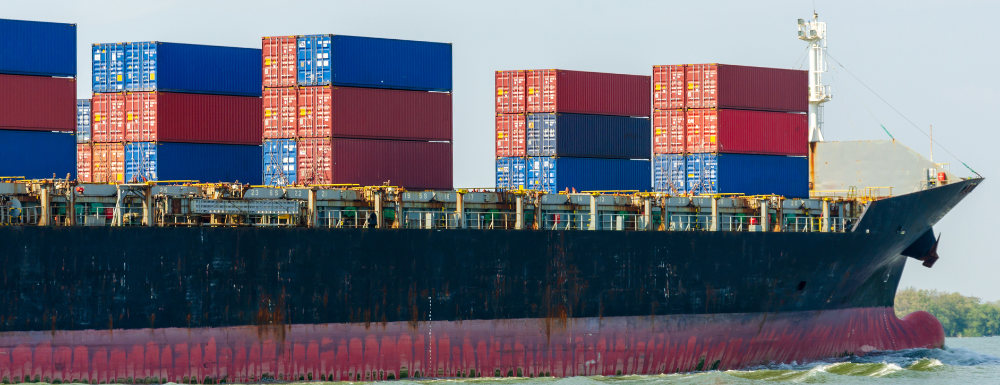So, yes, there is evidence that supply chains are healing. However, although the worst may be over, most goods transported under contracts cost more.
Inflation has wreaked havoc on many segments of the chain. Shipping container cost, for example, from Asia to the US West coast, is up more than 15x, while short-term prices for containers from Europe to the US East Coast are more than doubled since late-2019, according to Freightos Ltd.
Approximately 70% of goods transported in steel boxes are under long-term contracts and were renegotiated in 2021 and 2022 at higher rates. Spot prices, therefore, are not telling an accurate story.
It takes a while for inflationary trends to work through supply chains. What’s also in play is that many companies slashed prices in the second half of last year to clear backlogs of inventory built up with greater consumer demand during the pandemic. Now, these same companies are dealing with increases in one of their biggest costs—labor. Several parts of the supply chain are particularly labor-intensive, including drivers and warehousing. Training costs, higher paychecks, and other basic costs are nowhere near pre-pandemic levels.
Higher costs for diesel, industrial equipment, and such capital expenses as new and used trucks translate to higher freight rates. Based on industrial rent and labor-cost increases, warehouse storage prices are still increasing, and vacancies are below historical averages.
Walmart and Bath & Body Works claim prices are still high and are continuing for now, with possible respite late in 2023.

